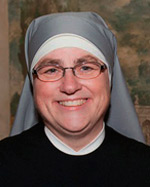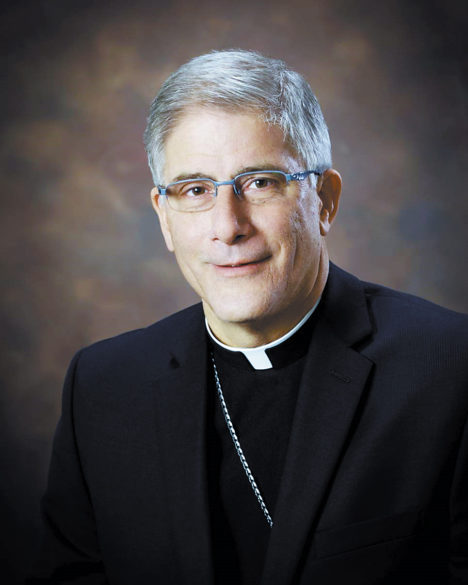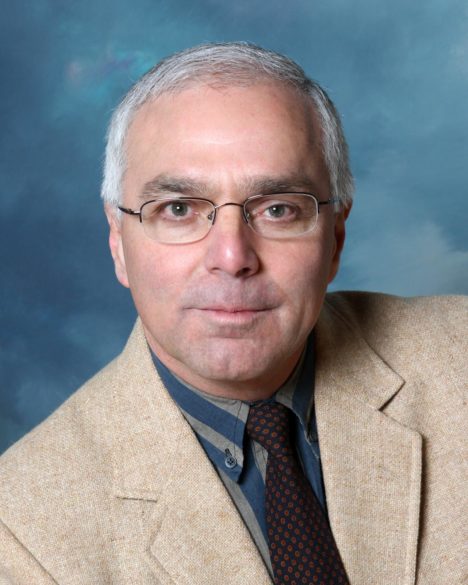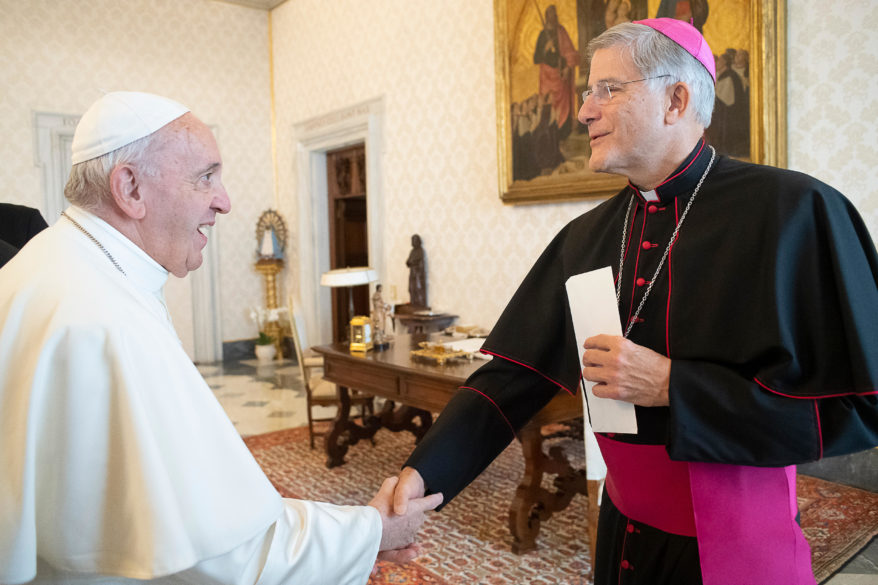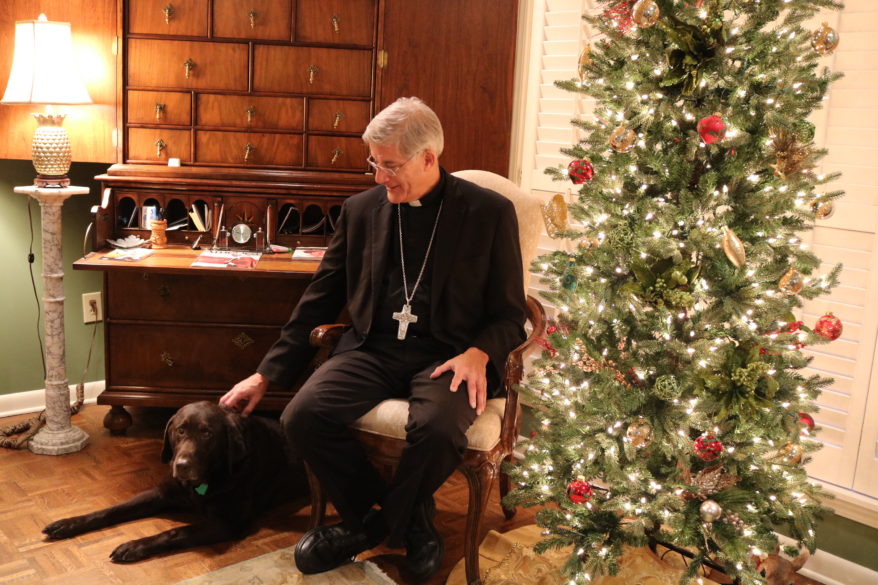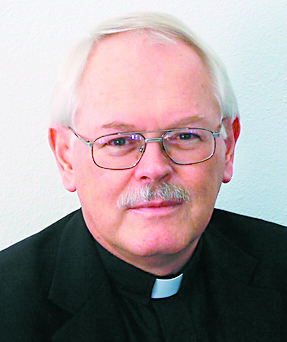
IN EXILE
By Father Ron Rolheiser, OMI
Most of us have heard of St. Therese of Lisieux, a French mystic who died at age 24 in 1897 and who is perhaps the most popular saint of the last two centuries. She’s famous for many things, not least for a spirituality she called her “little way.”
Popular thought has often encrusted both Therese and her “little way” within a simple piety which doesn’t do justice to the depth of her person or her spirituality. Too often her “little way” is understood simply to mean that we do little, hidden, humble, acts of charity for others in the name of Jesus, without expecting anything in return. In this popular interpretation we do the laundry, peel potatoes, and smile at unpleasant people to please Jesus. In some ways, of course, this is true; however her “little way” merits a deeper understanding.
Yes, it does ask us to do humble chores and be nice to each other in the name of Jesus but there are deeper dimensions to it. Her “little way” is a path to sanctity based on three things: littleness, anonymity and a particular motivation.
Littleness: For Therese “littleness” does not refer first of all to the littleness of the act that we are doing, like the humble tasks of doing the laundry, peeling potatoes or giving a simple smile to someone who’s unpleasant. It refers to our own littleness, to our own radical poverty before God. Before God, we are little. To accept and act out of that constitutes humility. We move towards God and others in her “little way” when we do small acts of charity for others, not out of our strength and the virtue we feel at that moment, but rather out of a poverty, powerlessness and emptiness that allows God’s grace to work through us so that in doing what we’re doing we’re drawing others to God and not to ourselves.
As well, our littleness makes us aware that, for the most part, we cannot do the big things that shape world history. But we can change the world more humbly, by sowing a hidden seed, by being a hidden antibiotic of health inside the soul of humanity and by splitting the atom of love inside our own selves. And yes, too, the “little way” is about doing little, humble, hidden things.
Anonymity: Therese’s “little way” refers to what’s hidden, to what’s done in secret, so that what the Father sees in secret will be rewarded in secret. And what’s hidden is not our act of charity, but we, ourselves, who are doing the act. In Therese’s “little way” our little acts of charity will go mostly unnoticed, will seemingly have no real impact on world history and won’t bring us any recognition. They’ll remain hidden and unnoticed; but inside the Body of Christ what’s hidden, selfless, unnoticed, self-effacing, and seemingly insignificant and unimportant is the most vital vehicle of all for grace at a deeper level. Just as Jesus did not save us through sensational miracles and headline-making deeds but through selfless obedience to his Father and quiet martyrdom, our deeds too can remain unknown so that our deaths and the spirit we leave behind can become our real fruitfulness.
Finally, her “little way” is predicated on a particular motivation. We are invited to act out of our littleness and anonymity and do small acts of love and service to others for a particular reason, that is, to, metaphorically, wipe the face of the suffering Christ. How so?
Therese of Lisieux was an extremely blessed and gifted person. Despite a lot of tragedy in her early life, she was (by her own admission and testimony of others) loved in a way that was so pure, so deep and so wonderfully affectionate that it leaves most people in envy. She was also a very attractive child and was bathed in love and security inside an extended family within which her every smile and tear were noticed, honored and often photographed. But as she grew in maturity it didn’t take her long to notice that what was true in her life wasn’t true of most others. Their smiles and tears went mostly unnoticed and were not honored. Her “little way” is therefore predicated on this particular motivation.
In her own words: “One Sunday, looking at a picture of Our Lord on the Cross, I was struck by the blood flowing from one of his divine hands. I felt a pang of great sorrow when thinking this blood was falling on the ground without anyone’s hastening to gather it up. I was resolved to remain in spirit at the foot of the Cross and to receive its dew. … Oh, I don’t want this precious blood to be lost. I shall spend my life gathering it up for the good of souls. … To live from love is to dry Your Face.”
To live her “little way” is to notice and honor the unnoticed tears falling from the suffering faces of others.
(Oblate Father Ron Rolheiser, theologian, teacher and award-winning author, is President of the Oblate School of Theology in San Antonio, Texas. He can be contacted through his website www.ronrolheiser.com. Now on Facebook www.facebook.com/ronrolheiser)

